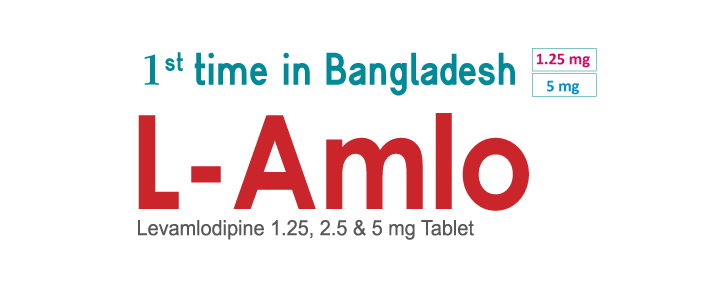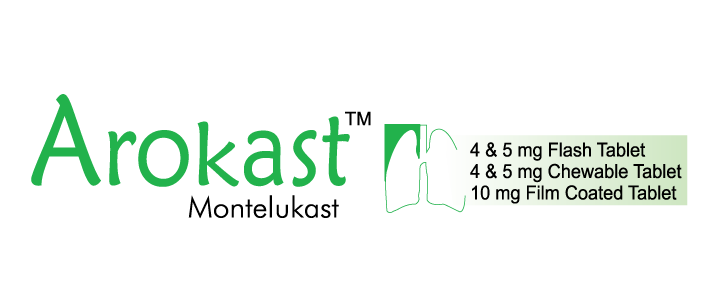Human Health Division (HHD) Products
Product List by Brand Name
S-Fer
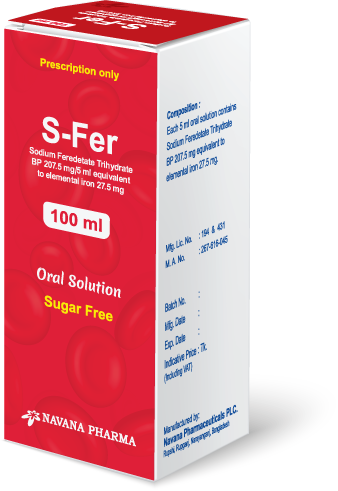
Composition
S-Fer oral Solution: Each 5 ml oral Solution contains Sodium Feredetate Trihydrate BP 207.5 mg equivalent to elemental iron 27.5 mg.
Indication
Indicated for the treatment of Iron deficiency anaemia.
Dosage & Administration
Treatment of Iron Deficiency Anaemia:
Child (1–11 months): Up to 2.5 ml (½ spoonful) twice daily, smaller doses to be used initially.
Child (1–4 years): 2.5 ml (½ spoonful) 3 times a day.
Child (5–11 years): 5 ml (1 spoonful) 3 times a day.
Child (12–17 years): 5 ml (1 spoonful) 3 times a day, increased to 10 ml (2 spoonful) 3 times a day, dose to be increased gradually.
Adult: 5 ml (1 spoonful) 3 times a day, increased to 10 ml (2 spoonful) 3 times a day, dose to be increased gradually.
Stenide Cream
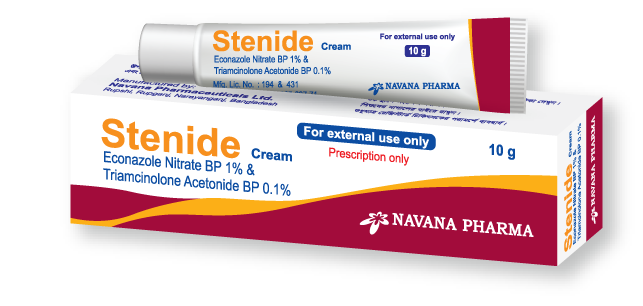
Composition:
Stenide Cream: Each gram cream contains Econazole Nitrate BP 10 mg and Triamcinolone Acetonide BP 1 mg.
Indication:
For the topical treatment of inflammatory dermatomycoses and
inflammatory skin conditions which can be complicated by or threatened by bacterial or fungal skin infection.
Dosage & Administration:
Apply by gently rubbing onto the skin twice daily for 14 days or, as
directed by the physician.
Somalax

Composition:
- Somalax 250: Each tablet contains Carisoprodol USP 250 mg.
- Somalax 350: Each tablet contains Carisoprodol USP 350 mg.
Indication:
For the relief of discomfort associated with acute, painful musculoskeletal conditions.
Dosage & Administration:
- Adults (18 years and older): 250–350 mg, 3–4 times daily (before or after meals and at bedtime).
- Use for up to 2–3 weeks or as directed by a physician.
Stedex-C
Composition
Stedex -C Sterile Eye/Ear Drops: Each ml drops contains
Chloramphenicol BP 5 mg & Dexamethasone Phosphate USP 1 mg..
Indications
Eye: For steroid-responsive inflammatory ocular condition for which a corticosteriod is indicated and where bacterial infection or a risk of bacterial ocular infection exists. For inflammatory conditions of the palpebral and bulbar conjunctiva, cornea and anterior segment of the
globe where the inherent risk of steroid use in certain infective conjunctivitis is accepted to obtain a diminution in edema and inflammation. For chronic anterior uveitis and corneal injury from chemical, radiation or thermal burns, or penetration of foreign bodies.
Ear: Otitis externa, Otitis media and chronic suppurative otitis media.
Dosage & Administration
Eye: 1 or 2 drops is instilled into the affected eyes every 3 or 4 hours, or more frequently if deemed advisable by the prescribing physician.
Administration should be continued day and night for the first 48 hours, after which the interval between applications may be increased. Treatment should be continued for at least 48 hours after the eye appears normal or as directed by the physician.
Ear: For all infections two to three drops every two to three hours initially. Frequency should be decreased gradually as warranted by improvement in clinical signs. Care should be taken not to discontinue therapy prematurely or as directed by the physician.
Syscol
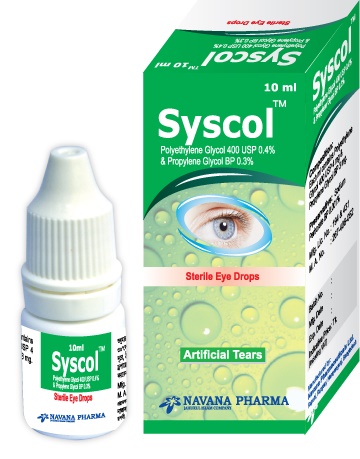
Composition
Syscol Sterile Eye Drops: Each ml drops contains Polyethylene Glycol 400 USP 4 mg & Propylene Glycol BP 3 mg.
Indications
Syscol Sterile Eye Drops is indicated for the temporary relief of burning and irritation due to dryness of the eye.
Dosage and administration
Instill 1 drop 4 times daily in the affected eye (s) or as needed or as directed by the physician.
Sulderm

Composition:
Sulderm Cream: Each gram cream contains Sulconazole Nitrate USP 10 mg.
Indication:
Sulderm Cream is indicated for the treatment of Tinea Pedis (athlete's foot), Tinea Cruris, Tinea Corporis & Pityriasis Versicolor.
Dose & Administration:
A small amount of cream should be gently massaged into the affected and surrounding skin areas once or twice daily, in case of Tinea Pedis where administration should be twice daily. Early relief of symptoms is experienced by the majority of patients and clinical improvement may be seen fairly soon after treatment is begun; however, Tinea Corporis, Tinea Cruris and Tinea Versicolor should be treated for 3 weeks and Tinea Pedis for 4 weeks to reduce the possibility of recurrence. Or as directed by the physician.



